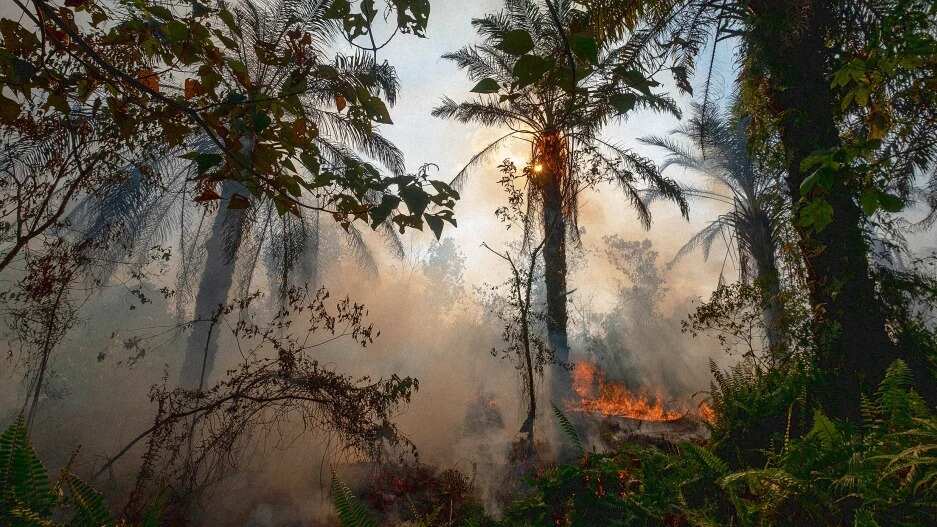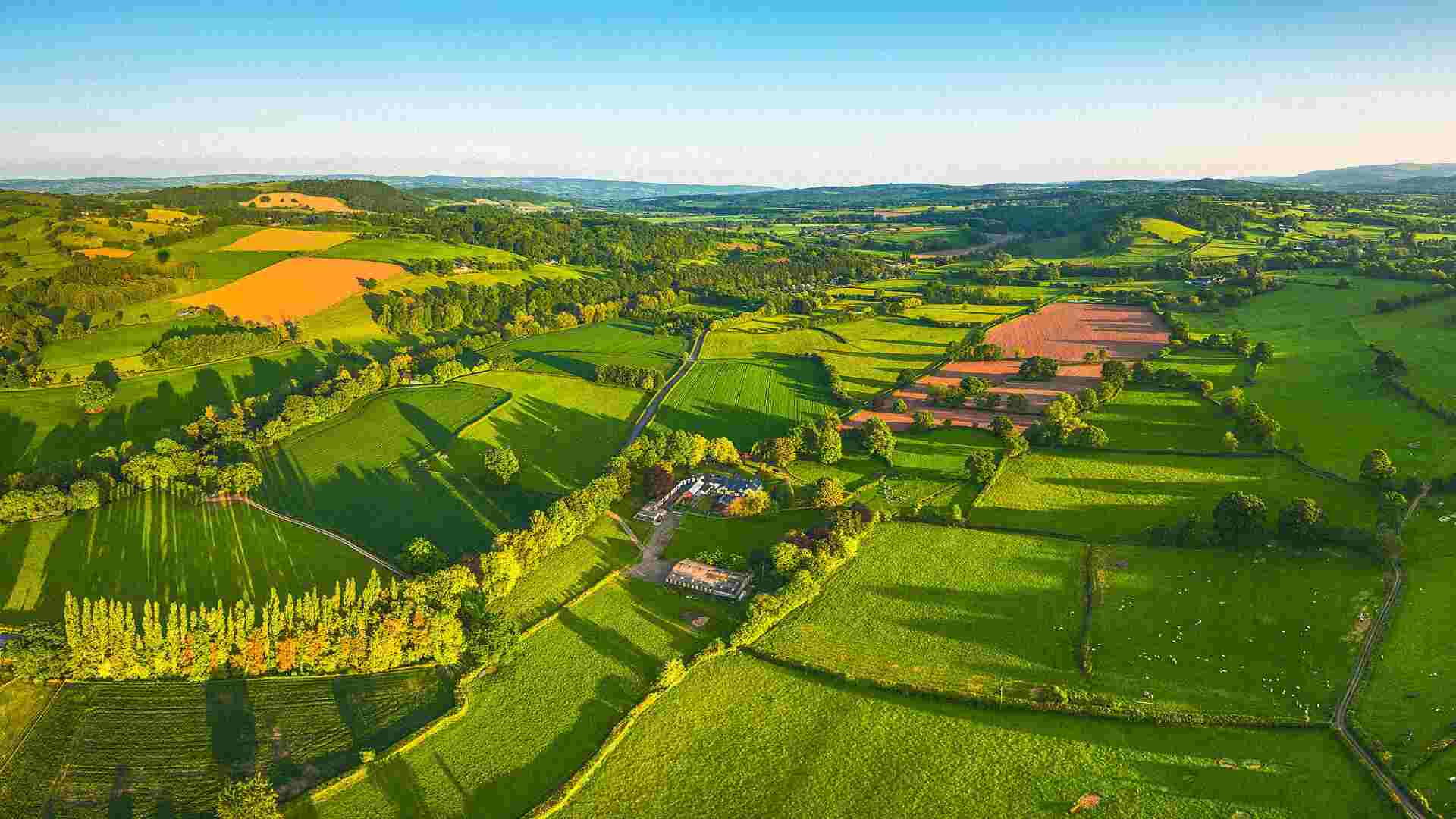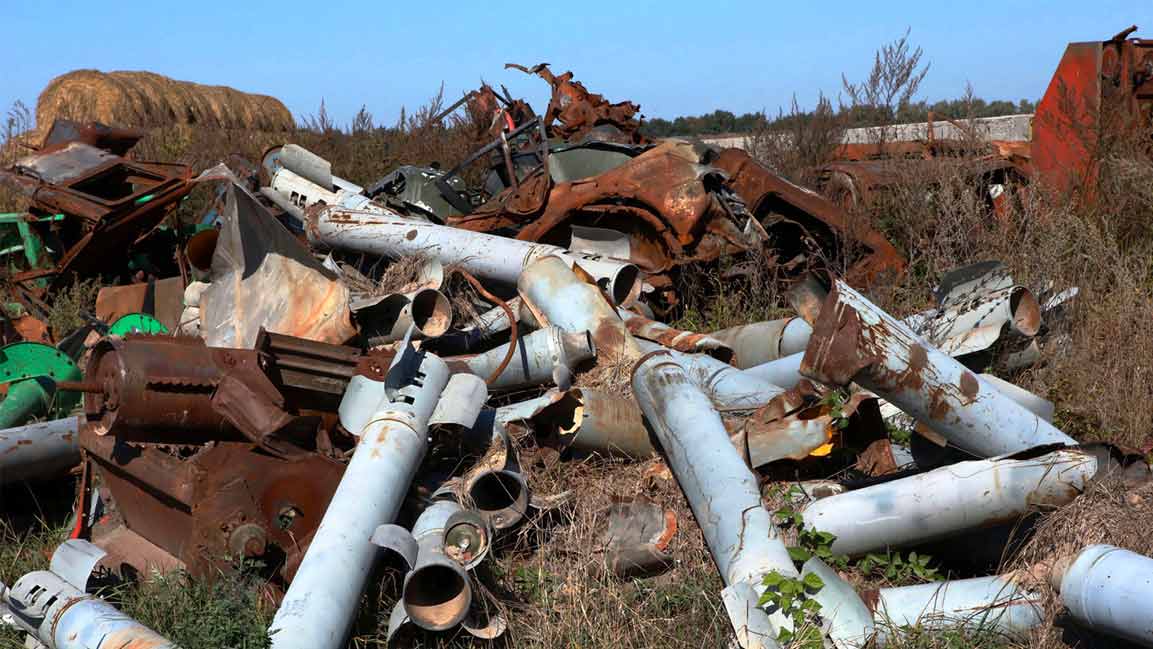- | 9:00 am
How do we fight hunger without destroying the environment?
Solutions to global hunger often damage the environment. Assaf Dotan argues that these two major issues need to be tackled simultaneously.

Economics is the art of fixing the problem at hand without creating too many new ones. Raising interest rates might curb inflation, for example, but it’s crucial to pick a rate that doesn’t spiral the economy into recession. The fights against climate change and food insecurity pose a similar dilemma, with solutions to each problem affecting the severity of the other.
Perhaps no country illustrates this better than Indonesia, the world’s largest exporter of palm oil. The use of intensive-farming techniques on palm oil plantations has caused large-scale deforestation, destruction to animal habitats, water pollution, and massive amounts of greenhouse gas emissions. But halting these farming practices would contribute to food insecurity in countries like India, the world’s biggest importer of palm oil, which is used for everything from baked goods to ice cream, margarine, instant noodles, and even soap and lipstick.
In order to effectively address hunger and climate change, we need to tackle them simultaneously, with very little margin of error.

DOES FIGHTING HUNGER ALWAYS DAMAGE THE ENVIRONMENT?
The world’s population has grown 167% since 1960, thanks in large part to advances in food production and farming technology. Yet while tech contributed to a 6% drop in severe hunger in the first 20 years of the century, food production hasn’t kept up with population growth.
That’s even as humans managed to triple global food production with only 15% more land use. Fisheries and aquaculture helped boost fish populations to meet growing demand without damaging natural bodies of water, but over time, scale and cost issues presented barriers to their expansion. Agriculture became more efficient as farmers turned to more innovative techniques, such as the use of machinery and synthetic fertilizers.
But while successful in stabilizing food supplies and boosting life expectancy, these intensive-farming techniques have caused a fair amount of environmental damage.
Nitrogen-based fertilizers, herbicides, and insecticides in particular damage our soil by removing key nutrients and lowering biodiversity, polluting rivers and other waterways crucial to ecological diversity.
Nitrogen compounds used in common crop fertilizers, such as in the U.S. Midwest, travel downstream and harm coastal fisheries in the Gulf of Mexico, creating dead zones.
TAKING ACTION WITH SUSTAINABLE SOLUTIONS
While the landmark 2015 UNFCCC Paris Accords recognizes the “vulnerability of food production systems to climate impacts,” it doesn’t address the impact of intensive farming on the environment. More importantly, it doesn’t discuss alternative options to maintain, or even boost output without harming the environment.
Finding solutions that view the two crises as a single existential threat demands new levels of creativity and collaboration among all international and local leaders, as well as nongovernmental organizations (NGOs) and farmers themselves.
Fortunately, innovative and sustainable solutions and methods are already available and being implemented in various parts of the world.
FREE NITROGEN BOOSTS YIELDS
Biological nitrogen fixation uses bacteria to naturally saturate the soil with inorganic nitrogen-containing compounds, taking atmospheric nitrogen and applying it directly to the roots of leguminous plants. In Brazil, a country highly dependent on imported synthetic fertilizers, scientists developed bio-fertilizers that use nitrogen-fixing microorganisms to treat soybean crops in a sustainable and more affordable way. The result is higher yields and drastically less energy use during production.
Brazil is the world’s leading exporter of soybeans, and biological nitrogen fixation offers a real alternative to harmful chemical fertilizers, the export of which has been disrupted by the war in Ukraine.
CAPTURE CARBON TO SUPPORT HEALTHY GROWTH
Just as nitrogen fixation pulls nitrogen from the atmosphere, another naturally occurring process, known as carbon sequestration, captures carbon dioxide from the atmosphere. The process transfers the carbon to the soil, enabling it to heal and support the healthy growth of plants. Carbon sequestration offers multiple avenues for supporting healthy soil, including planting cover crops—like grass—between the main crops, and even leaving crop leftovers like stems and leaves on the field.
The U.S. government has sought to incentivize farmers and ranchers to adopt carbon sequestration practices that promote soil health through programs like the Conservation Stewardship Program. Other local and nationwide initiatives in the U.S., supported by the Department of Agriculture or NGOs, have similar aims.
Africa’s Great Green Wall initiative, which spans several countries, aims to restore degraded lands through soil conservation, tree planting, and sustainable land-management practices, contributing to carbon sequestration and more resilient crops.
And we can’t talk about boosting bio-agriculture via tech without data. Insights from data analytics to determine the most fitting plant biostimulants—substances or microorganisms applied directly to the plants or soil to facilitate enhanced growth—provide farmers with a critical tool to sustainably maximize plant growth. Such analytics can assess things like soil composition, weather patterns, plant health, and nutrient levels to help farmers make informed decisions on the dosage and treatment methods of the biostimulants in real time.
THINKING GLOBALLY
Implementing and scaling these solutions requires measurement and monitoring, technical know-how, policy and incentives, and more. Furthermore, each geographic region has its own farming culture, and national political priorities can stunt the adoption of new technologies and initiatives.
To overcome the diverse and far-reaching obstacles, collaboration among all stakeholders is a must. Intergovernmental organizations, powerful NGOs, the world’s biggest economies, and the largest global corporations need to lead top-down initiatives that work closely with localized grassroots campaigns. Researchers and entrepreneurs must work closely with national and local governments to help farmers implement solutions on the ground.
As climate change increasingly impacts our daily lives, the need for global collaboration on all levels will become unavoidable. The earlier we start organizing, the better shot we have to reverse these troubling trends. No one’s saying it will be easy, but the stakes have never been higher.







































